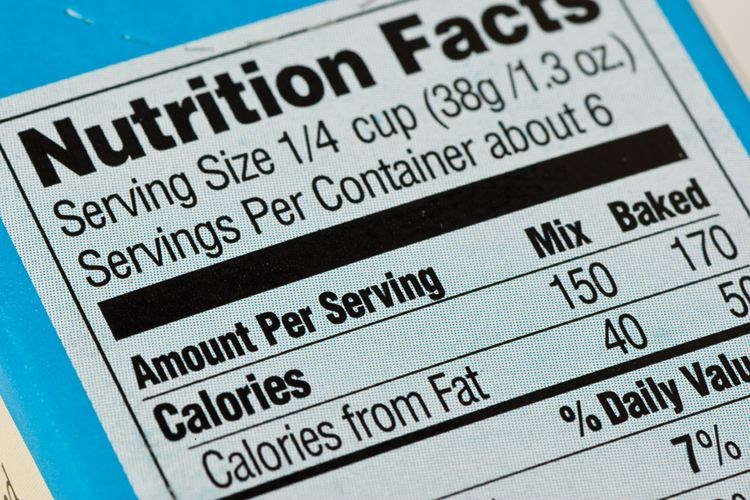While watching the Blue Jays play last week, I saw a new commercial from Maple Leaf Foods.
It featured a young child who was asked to spell "sodium erythorbate."
The child looks perplexed and says "what?" and then we get the tag line: "If you can't spell it, you won't find it in our food."
Argh!
In taking this commercial apart, I almost don't know where to begin as there are so many things fundamentally wrong with it.
Perhaps the simplest to point out is there are very few compounds in any food which most people are comfortable spelling. Even water has the chemical name "dihydrogen monoxide" and I dare say the average 10 year old would balk at trying to spell it.
Pretty much every compound in food has quite unspellable names. Several thousand different proteins might be detectable in, say, bacon or ham and they all have names running to several thousand characters in length.
Completely unpronounceable and quite beyond the capacity of anyone to spell in the context of a spelling bee.
This is why biochemists come up with acronyms and shorthand forms.
For example, myoglobin is a protein found in all cells but particularly muscle cells or meat.
It is capable of transporting and storing the chemical oxygen. It has a name which is way too long to write out in full - there are 153 amino acids in the sequence all of which are included in its full name. Even the first five amino acids - methionine, glycine, leucine, serine and aspartic acid - are difficult to spell.
Yet myoglobin is both perfectly natural and found in all food, even Maple Leaf products.
It is a hemoprotein responsible for the red colour of meat. As the ferrous ion in the protein is oxidized to ferric ion, the meat develops the brown colour observable in cooked meat. However, meat exposed to nitrites form a nitroso-hemoprotein complex which prevents oxidation and turns the meat pink as observed in bacon and ham.
Further, the commercial implies chemical compounds you can spell are safe while compounds you can't spell are not.
This is absurd.
Safety has very little to do with the names we apply to things. Botulinum toxin is not a particularly hard pair of words to spell and yet 500 grams of this substance would be sufficient to kill every person on the planet. It is totally natural and totally deadly.
Indeed, the company's claim is essentially the tired old trope "natural is good for you."
They emphasize their products are made with "real, simple, and natural" ingredients.
They have even come up with a food manifesto.
On their website, they state: "Our goal is to make our food with only real, simple, or natural ingredients, while delivering the classic Maple Leaf taste. We still produce our products as we have always done but we have removed all artificial flavours, preservatives, colours, and sweeteners. The only ingredients left are real, simple, or natural ingredients you can pronounce."
And while real and natural have meanings ascribed to them by Health Canada, simple is the company's term.
They state: "A simple ingredient is an ingredient that is familiar, commonly recognized, readily available, with no artificial colours or flavours."
Yet they are making bacon by smoking meat and introducing chemical compounds. Their new ingredient list explicitly includes smoke and the suggestion is this is both simple and natural.
What it doesn't say is smoke is a composite of upwards of 1,000 chemical compounds and many are known carcinogens. Nor do they point out the purpose of smoking meat is to introduce nitrites or nitric oxide which can bind to the myoglobin in the muscle tissue. It changes the colour by preventing the oxidation of the ferrous ion thereby preserving the meat.
However, introduction of nitric oxide also results in the formation of a number of organic chemical compounds such as nitrosopyrrolidines when the food is cooked.
These compounds, with names difficult to spell, are perfectly natural components of food preserved by smoking.
They are also viewed as potential carcinogens.
Ironically, the purpose of adding sodium erythorbate - the compound in the commercial that the child can't spell - is to combat the actions of such compounds as nitrosopyrrolidine.
Sodium erythorbate is the sodium salt of erythorbic acid and related to ascorbic acid, better known as Vitamin C. It is an anti-oxidant substance added to food to mitigate the actions of oxidants and free radicals such as nitric oxide and nitroso compounds. It is added to smoked meat to make it safer.
So yes, Maple Leaf might want to advertise they are no longer adding ingredients with complex-sounding chemical names, but their products still contain many unpronounceable compounds with unspellable names.
And perhaps more importantly, some of those unspellable compounds are actually good for you.



